#paleocolor
Text



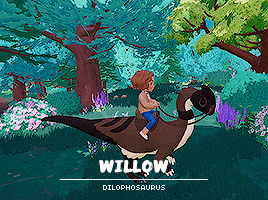
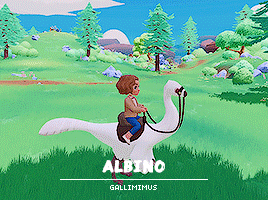
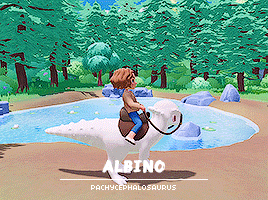
favorite colors in paleo pines (2/?)
#paleopinesedit#paleoedit#gamingcreatures#gamingnetwork#gamingedit#videogameedit#vgedit#indiegamesource#indiegameedit#gameplaydaily#paleocolors#paleogifs#&mine
46 notes
·
View notes
Text
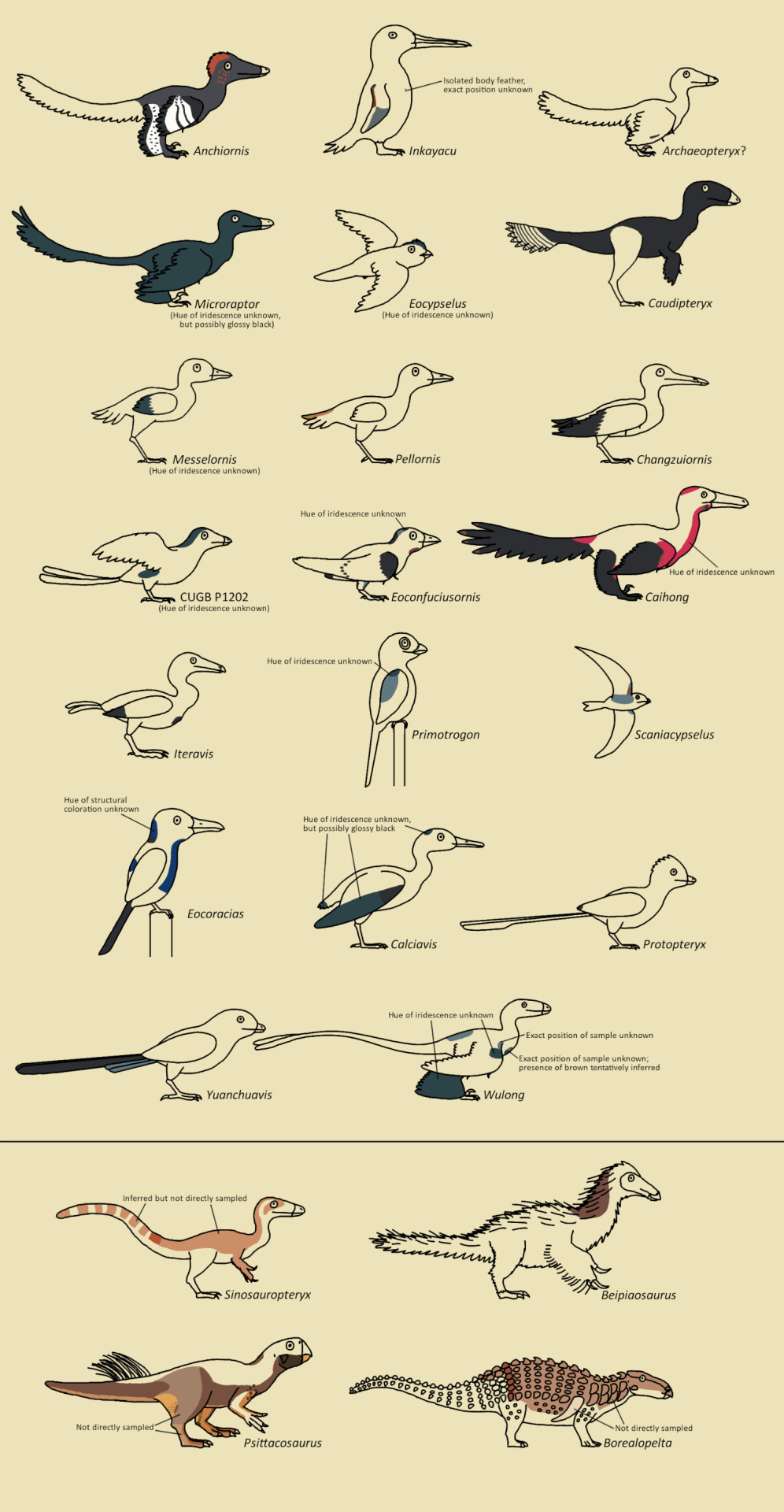
New update to the paleocolor chart with the addition of Wulong.
More detailed description
840 notes
·
View notes
Link
#paleontology#pterosaur feathers#tupandactylus#tapejaridae#pterodactyloidea#pterosaur#feathers#pycnofibers#paleocolor#melanosomes#soft tissue preservation
2K notes
·
View notes
Photo
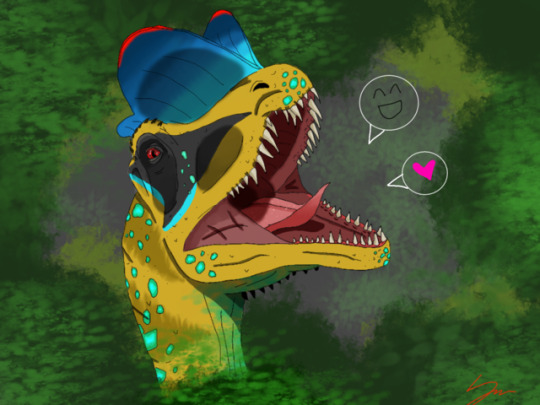
Sorry I haven't posted in awhile....but I am going to be more consistent now ♡♡♡
#dinosaur#dino#dinosaurart#paleoart#paleocolor#dilophosaurus#commission#custom#jurassic world#digital art#krita#made with krita#krita artists#wacom#theisle#theislegame#the isle#the isle fan art#dinosaur art#rawr#rawrmeansiloveyouindinosaur
0 notes
Photo
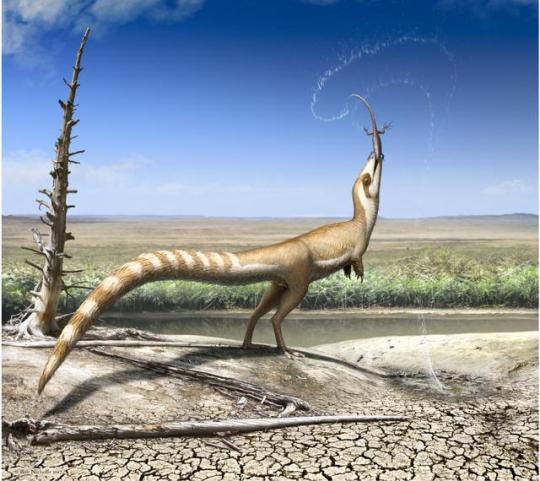
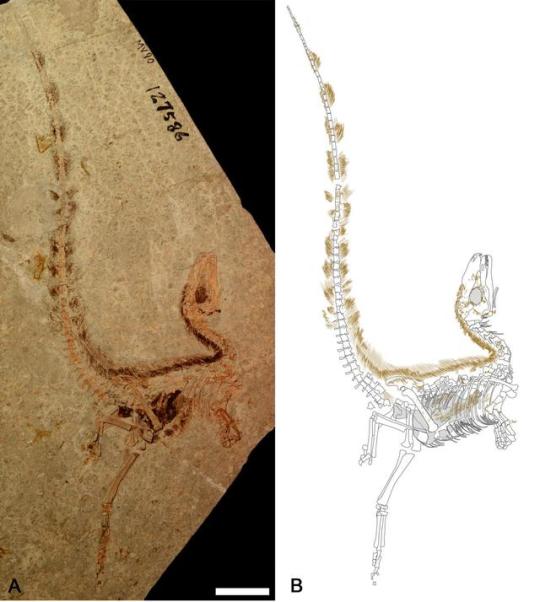

Iconic Sinosauropteryx dinosaur had bandit mask, lived in open terrain While fossils have allowed researchers to reconstruct much about dinosaurs' many impressive forms, it wasn't until more recently that scientists realized they could discern from preserved skin and feathers many details of dinosaurs' color patterns, too. Now researchers reporting in the journal Current Biology on October 26 who've carefully examined three specimens of the iconic Sinosauropteryx dinosaur from China have confirmed that the small dinosaur had a striped tail. It also had a "bandit mask" (think: raccoon). "The bandit mask was really amazing to discover," says Fiann Smithwick at the University of Bristol, UK. "It's a pattern seen in numerous living animals today." Sinosauropteryx was also countershaded, meaning that its body was darker on top and lighter underneath. The particular way it was countershaded further suggests that Sinosauropteryx lived in more open habitats, not in the dense forest, the researchers say. To explore the color pattern of this dinosaur species, Smithwick, along with Jakob Vinther and colleagues, carefully examined the remnants of pigmented feathers from the best-preserved specimens available. By making comparisons among three specimens, they were able to confidently reconstruct the unique way that these dinosaurs looked. Once the researchers reconstructed the color pattern, they created 3D models of the dinosaur and photographed them under different lighting conditions to see where their coloration would have hidden them best from potential predators. Their images show that Sinosauropteryx must have spent lots of time out in direct sunlight, not in the shade. The findings are especially interesting in light of an earlier reconstruction by Vinther's team of the color patterns of another dinosaur called Psittacosaurus. Those studies showed that Psittacosaurus was also countershaded, but in a manner suggesting that it lived in the forest. The distinction between species suggests that the environment around China's prehistoric Jehol lakes, where these dinosaurs lived, was unexpectedly diverse, hosting dinosaurs adapted to life in different environments. "We have shown how a greater understanding of ancient environments can come from better understanding of the paleoecology of extinct animals through paleocolor reconstructions," Vinther says. "Both meat- and plant-eating dinosaurs had excellent vision; both needed to stay camouflaged." The findings also show that, in some ways, not much has changed in the last 130 million years. Dinosaurs depended on the same camouflage patterns that animals rely on today. "The same rules applied and the same solutions evolved," Smithwick says. TOP IMAGE....An artistic interpretation of Sinosauropteryx in the likely open habitat in which it lived 130 million years ago in the Early Cretaceous. Credit Robert Nicholls CENTRE IMAGES....This figure shows the best-preserved fossil specimen of Sinosauropteryx from the Early Cretaceous Jehol Biota of China and an interpretive drawing of the bones, stomach contents, and darkly pigmented feathers. The scale bar represents 50 mm. Credit Photograph by Jakob Vinther, interpretive drawing by Fiann Smithwick. LOWER IMAGE....The reconstructed color patterns of Sinosauropteryx showing its countershaded pattern along with the stripy tail and bandit mask. Credit Fiann Smithwick
3 notes
·
View notes
Photo

Paleocolor is an emerging field that helps scientist predict color of extinct organisms using fossils, chemistry, and comparative biology. A great example is Field Museum researcher Chad Eliason's study of Caihong juji, a newly discovered dinosaur. By comparing color-bearing structures in feathers and referencing specimens like this Nicobar pigeon, Chad and other scientists were able to approximate Caihong’s “rainbow” appearance. See our 🌈 dino highlight to learn more and watch the video. #FieldMuseum #NaturalHistory #Dinosaurs #RainbowDino #nicobarpigeon http://ift.tt/2GbxYMm
0 notes
Photo

Credits to TheMacronian (lineart) and Paleocolor (color) of Devianart! Just amazing!
310 notes
·
View notes
Text
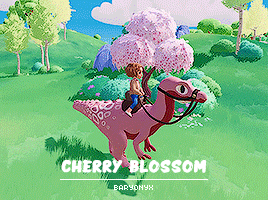

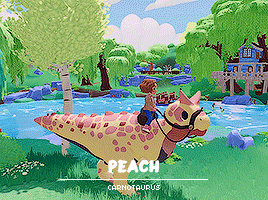

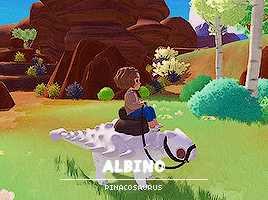

favorite colors in paleo pines (3/?)
#paleopinesedit#paleoedit#gamingcreatures#gamingnetwork#gamingedit#gameplaydaily#videogameedit#vgedit#indiegamesource#indiegameedit#paleocolors#paleogifs#&mine
46 notes
·
View notes
Text

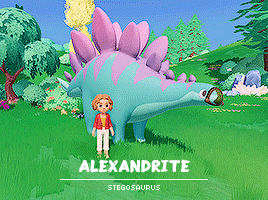




favorite colors in paleo pines (1/?)
#paleopinesedit#paleoedit#gamingedit#videogameedit#vgedit#gamingcreatures#gamingnetwork#indiegamesource#indiegameedit#paleocolors#paleogifs#&mine
40 notes
·
View notes
Photo

The armor-headed placoderms were the dominant fish during the Devonian period, evolving a wonderfully diverse range of shapes and sizes, and occupying ecological niches in both marine and freshwater habitats.
Groenlandaspis antarctica here lived during the mid-to-late Devonian, about 383 million years ago, in the Oates Land region of Antarctica – at that time located further north than it is today, with the local climate being warm and subtropical.
It was a moderately-sized river-dwelling placoderm, around 50cm long (1'8"), and its bony armor formed a sort of pyramid shape with wing-like projections at its sides, a structure that would have acted as a hydrofoil and made it an efficient swimmer. Most of the armor plates were rigidly fused together, except for a hinge point between its head and thorax that allowed it to open its jaws, but unlike its more famous relative Dunkleosteus it couldn't gape its mouth open particularly wide. It may have been a bottom-feeder, grubbing around in muddy riverbeds and using its small but strong jaws to crush hard-shelled prey.
Various other species of the Groenlandaspis genus have been found all around the world, but there's something incredibly rare and special about Groenlandaspis antarctica in particular:
We actually know what color it was.
Preserved pigment cells in its fossils indicate that it was red on top and silvery-white on its underside in a countershaded pattern, camouflaging it in the murky silty waters of the ancient Antarctic rivers.
...And also made it look a bit like a prehistoric goldfish.
———
Nix Illustration | Tumblr | Pillowfort | Twitter | Patreon
#science illustration#paleontology#paleoart#palaeoblr#groenlandaspis#groenlandaspididae#arthrodire#placoderm#gnathostomata#jawed fish#fish#art#paleocolor#countershading#the colors were discovered in 1995 and nobody really took paleocolor seriously back then#so poor groenlandaspis doesn't get much attention :c
1K notes
·
View notes
Note
Is it possible that ancient marine reptiles to have develop or evolve bio luminescence?? Like the deep ocean fish species
There’s no evidence for bioluminescence having ever evolved in reptiles (or any tetrapods for that matter), and while it being convergently evolved in marine reptiles isn’t outright impossible I’d still say it’s highly unlikely.
But you know what we have seen in modern marine reptiles? Biofluorescence! Hawksbill turtles glow green and red under UV, so it’s much more plausible that some ancient marine reptiles may have had their own secret neon color schemes.
#paleontology#palaeoblr#marine reptiles#bioluminescence#biofluorescence#paleocolor#Anonymous#asks#nature's invisible rave
74 notes
·
View notes
Photo
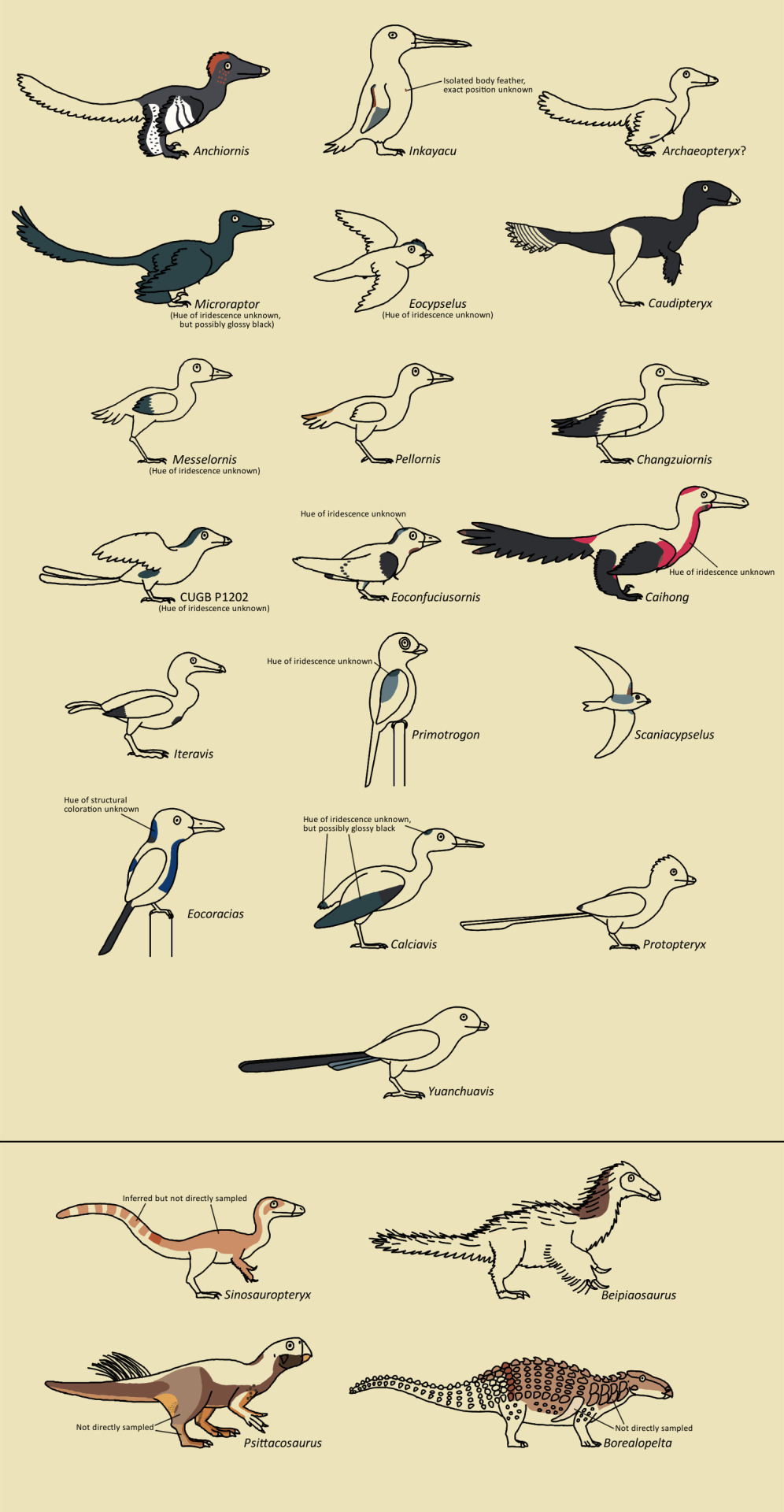
In the wake of 2021, added Yuanchuavis and modified Eoconfuciusornis for the paleocolor chart.
More detailed description
#Palaeoblr#Birblr#Dinosaurs#Birds#Feathered dinosaurs#Anchiornis#Inkayacu#Archaeopteryx#Microraptor#Eocypselus#Caudipteryx#Messelornis#Pellornis#Changzuiornis#Eoconfuciusornis#Caihong#Iteravis#Primotrogon#Scaniacypselus#Eocoracias#Calciavis#Protopteryx#Yuanchuavis#Sinosauropteryx#Beipiaosaurus#Psittacosaurus#Borealopelta
668 notes
·
View notes
Note
How plausible is the idea that Sinosauropteryx is just a hatchling/juvenile tyrannosauroid like Yutyrannus? And I heard that melanosome shape isn't a reliable way of inferring dinosaur color after all, so does it turn out we DON'T know the coloration of dinosaurs like Sinosauropteryx and Microraptor?
I think the idea that known specimens of Sinosauropteryx represent juvenile tyrannosauroids is worth considering, but detailed studies investigating that possibility have not yet been done.
As for the use of melanosomes in paleocolor reconstruction, it’s complicated and depends a lot on who you ask. Here are a few of the issues that have been brought up though. In general, melanosome shape is pretty indicative of actual coloration in extant birds and mammals, but less so for other types of vertebrates. Because melanosome diversity comparable to those of mammals and birds has not been documented in non-pennaraptoran dinosaurs, some researchers have suggested that inferences about their coloration based on melanosome morphology may be less reliable. Other studies have raised concerns about how melanosome shape can potentially be changed through the fossilization process as well as the possibility of mistakenly sampling melanosomes from other parts of the body besides the skin (such as internal organs), which of course wouldn’t tell us about the external coloration of an animal.
Even assuming that all of these factors are accounted for, we may still be missing substantial information about a dinosaur’s coloration by only considering melanosomes. For example, it’s possible to infer that iridescence was present in fossil feathers based on melanosome shape (as has been done for Microraptor), but the exact color of that iridescence depends on how the melanosomes and keratin were layered in those feathers in life, which is generally not preserved in fossils. Furthermore, melanosomes can be combined with other types of mechanisms to produce specific colors, and it is still unclear whether some of those other mechanisms can be identified in the fossil record.
I wouldn’t go as far as to say that studying melanosomes in the preserved integument of extinct dinosaurs (especially pennaraptorans) tells us nothing about how they were colored, but I do think that there’s a real chance we aren’t getting a complete picture of their coloration in at least some cases. An additional caveat that should be kept in mind is that studies on melanosomes in fossil animals can typically analyze only a handful of specimens at most. This means that even when they do present us with an essentially complete look at the coloration of one particular specimen, we usually do not know if or how that color scheme may have varied within the species or over the course of a single individual’s lifetime.
5 notes
·
View notes
Photo

Updated my dinosaur paleocolor lineup with a few new entries from 2020: the lithornithid Calciavis (glossy black plumage) and the enantiornithean Protopteryx (black wingtips).
More detailed description
#Palaeoblr#Birblr#Dinosaurs#Birds#Feathered dinosaurs#Anchiornis#Inkayacu#Archaeopteryx#Microraptor#Eocypselus#Caudipteryx#Messelornis#Pellornis#Changzuiornis#Eoconfuciusornis#Caihong#Iteravis#Primotrogon#Scaniacypselus#Eocoracias#Calciavis#Protopteryx#Sinosauropteryx#Beipiaosaurus#Psittacosaurus#Borealopelta
79 notes
·
View notes
Photo

The latest in dinosaur paleocolor! 2019 gave us the colors of Eocoracias, and Pellornis gets retroactively added after a previously unnamed specimen was assigned to it.
More detailed description
#Dinosaurs#Birds#Palaeoblr#Birblr#Feathered dinosaurs#Anchiornis#Inkayacu#Archaeopteryx#Microraptor#Eocypselus#Caudipteryx#Messelornis#Pellornis#Changzuiornis#Eoconfuciusornis#Caihong#Iteravis#Primotrogon#Scaniacypselus#Eocoracias#Sinosauropteryx#Beipiaosaurus#Psittacosaurus#Borealopelta
46 notes
·
View notes
Note
Your art is lovely. It's also made me realise that the answer to the question "why are dinosaurs so colourful?" is "the artist got sick of brown".
Thank you!
Many older depictions of dinosaurs were just solid shades of dull brown or green, but I think it’s not so much artists getting “sick of it” as just realizing its not actually very realistic. Dinosaurs would have been just as varied in color, patterns, and camouflage as modern animals are, and for a few we even know exactly what colors they were -- Anchiornis, for example, looked very similar to a woodpecker!
#paleocolor#sure some dinosaurs would have been brown#but it would have been a bit more complicated than just slapping solid mud brown over the whole thing and calling it a day#antimoany#asks
40 notes
·
View notes